A Master of Health Informatics Student focusing on Health Information Systems & Human-Computer Interaction
at University of Michigan School of Information & School of Public Health
I am currently seeking a full-time intern position in health informatics. Get In Touch →
Health information technology (HIT) has achieved a new prominence in the United States (US) with its inclusion in the American Recovery and Reinvestment Act (ARRA) of 2009, the federal economic stimulus package signed into law by President Barack Obama on February 17, 2009. The promise of HIT for improving quality and safety of health care while reducing costs has caught the eye of policy makers and other leaders in health care. However, the challenge for HIT is to design systems that are powerful enough not only to handle the volume of information and the complexity of medical data, but also to support both patients and professionals in doing their work. This means paying attention to usability from the beginning of a project. Usability is a quality of the product, but it is defined in the terms of the people. In addition, solving business problems are becoming important for today's healthcare IT professionals.
I was a praticing doctor in one of top ten hospitals in China. My academic background has given me an understanding of hospital workflow and patient needs. Currently, I am doing projects in human-computer interaction, web development, and personal mobile application. So information technology and user experience research come naturally to me. My interests include web development, data analytics for business intelligence, and human-computer interaction. With the advances of computing power, interconnectivity, and data analytics, the healthcare delivery will incorporate more scenarios, such as integrated health records, low-cost telemedicine, and consumer-facing applications. Therefore, I tend to believe that more technology thoughtfully introduced is expected for the enhancement of clinical practice - especially information access, the diagnostic and therapeutic components, and long-term disease management.


06
10
100

Health Informatics Student

Skill: Basic Medical Knowledge, Clinical Experience, and Hospital Workflow
Level: Intermediate
Experience: 6 years

Skill: Basic EHR knowledge and EHR workflow
Level: Intermediate
Experience: 3 years

Skill: Statistics and Data Mining for Business Intelligence
Level: Entry-level
Experience: 3 years

Skill: JavaScript
Level: Entry-level
Experience: 1 year

Skill: HTML and Basic Web Concepts
Level: Advanced
Experience: 3 years

Skill: CSS and Web Design
Level: Intermediate
Experience: 3 years

Skill: JQuery
Level: Entry-level
Experience: 1 year

Skill: Google App Engine, Database tools, Adobe Master CS
Level: Intermediate
Experience: 2 years

Skill: Usability Testing and Prototyping
Level: Entry-level
Experience: 1 year

Skill: PHP and MySQL programming
Level: Entry-level
Experience: 1 year
Mapping UM School of Dentistry Information Flow
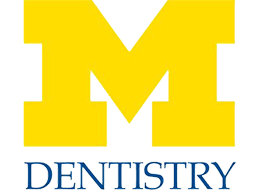
iDesign Competition 2013
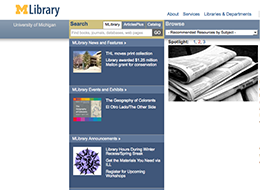
Michigan Congenital Heart Center (MCHC) System

Application for Asthma Management and Prevention
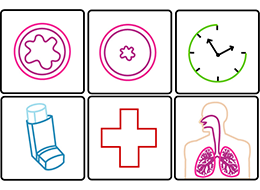
Summer Internship

UMHS Medical Center Application

Type: Database Application Design and Development
Client: Medical School Information Service (MSIS)
Involvment: Graduate Coursework (SI664)
Completed: In progress (Winter 2013)
As part of the University of Michigan School of Information's course Database Application Design, we worked with UM Medical School Information Service to develop a database application for UM medical centers.
For the project, we will be developing a database that integrates existing data about members of the University of Michigan Health System into a more comprehensive and searchable application. Currently, individuals who work in the Health System belong to a primary department (e.g. Family Medicine or Neurosurgery). This information can be found using the existing database application. Often, though, employees belong to a Center as well (e.g. Depression Center or Comprehensive Cancer Center). This information is not included in the existing internal database that is being used. In addition, the current database structure does not support looking up individuals' uniqnames by last name. To accomplish this, users must first go to MCommunity (https://mcommunity.umich.edu/) and look up the individual's uniqname. Our proposed project will address both of the aforementioned problems, and we will build a streamlined database that will integrate information about Center affiliations and search functionality for uniqname lookup.
This project was a collaboration with Amanda Kauffman, Xiu Guo, James McDaniel, and Jun Zhang.
1. UM Medical Centers Website
2. Create/Edit/Delete a medical center
3. Search by Last Name/First Name/Uniqname/Affiliation
4. Talk to MCommunity to extract related data
5. Add/Delete/Update functions for Medical Center Administers
6. Database structure for Affiniation and Medical Centers
7. Querying connection with MCommunity
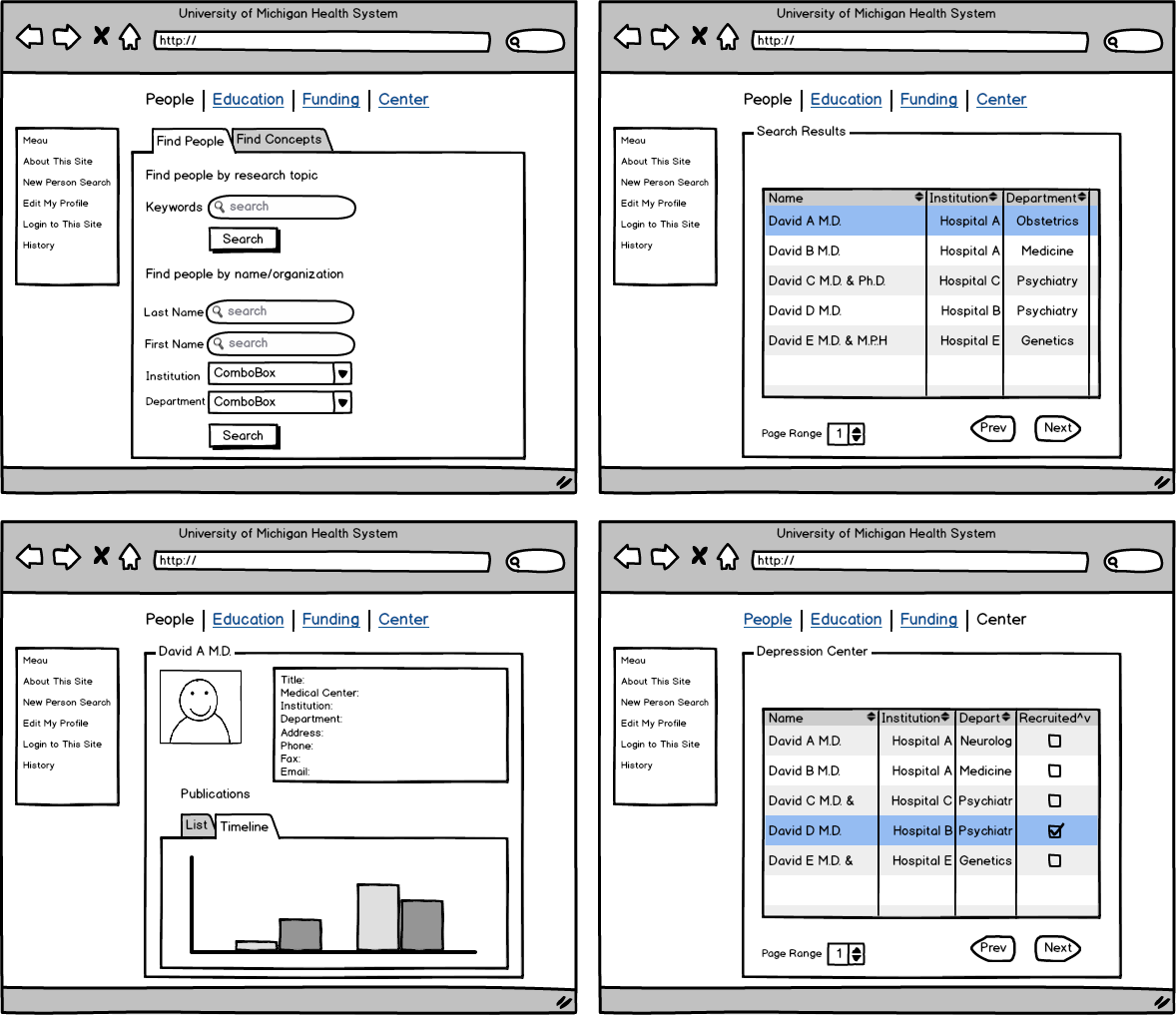
Low-fidelity mockup version 1.0
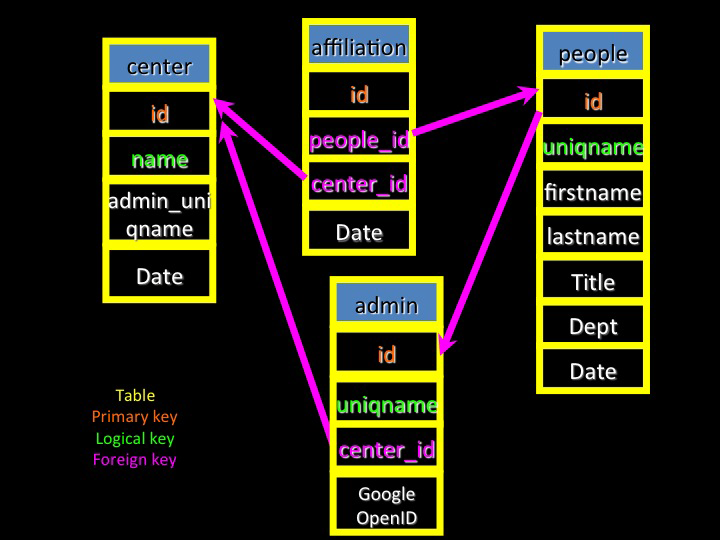
Database Structure Design
Type: Competition
Client: University of Michigan Library
Involvment: University-level Competition (iDesign)
Completed: Winter 2013
This year's IDesign Competition is focusing on designing a system which will make MLibrary resources or services more adaptive to mobile use. Focusing on solving the problems of searching and locating certain library resources, we have designed a mobile app named “In-Map” which is a virtual interactive map of the library.
We are awarded by "People's Choice Winner" based on the voting of University of Michigan students, facutlies, and staffs.
Our Video for Final Presentation"Innovative in the conception. This is about libraries and less about the books. Different...Great ideas, technically challenging."
" loved the video! - appreciated that you used our existing research and conducted your own evaluations - appreciated that you investigated and recognized the difficulty of creating a tool to help users find books and took those current constraints into account by focusing more on the ability to find physical service points and technology - project site and prototype design are lovely!"
As the first step of the research and design, the target population had to be defined. In the Mlibrary, the mission is “to support, enhance, and collaborate in the instructional, research, and service activities of the faculty, students, and staff, and contribute to the common good by collecting, organizing, preserving, communicating, and sharing the record of human knowledge.” Even though there are different academic purposes for each targeted role, students, faculties, and staffs all require fundamental services about how to easily access to abundant library resources on the go. For this reason, our target population for this design spans students, faculties, and staff at University of Michigan who have a need in using the resources of the library including computer,printer, group study room, etc.
The complexity of spatial distribution of library resources is a persistent concern. It is possible that the user will be confused about the ambiguous guidance within libraries.The user might ask other users or librarians for clear explanations, but the confusion of the situation is persistent and recurrent. Currently, users recall as little as a very small portion of what resources a library could provide.
Ineffective guidance within libraries usually decrease users' satisfaction and minimizes library service utilization. To enhance users' engagement of library services, it is often required for librarians to introduce what libraries provide and try to inform every user by posters, emails and workshops. However, this endeavor is time-consuming and does not have as much positive impact as expected. Our team believes that an interactive library map will save users’ time and efforts.
Finding 1: Users are not familiar with the spatial distribution of library resources.
Finding 2: Finding a seat in public study area is difficult.
Finding 3: Room reservation system is not efficient.
Finding 4: Resources in the library are not always accessible.
Our solution and project hi-fi prototype:
Click here to go to online demo link(For optimal performance, use Safari on iPhone to access the link and "Add to Home Screen")

Figure 1. Respondent breakdown by status
Credit: Mlibrary Mobile Survey 2012
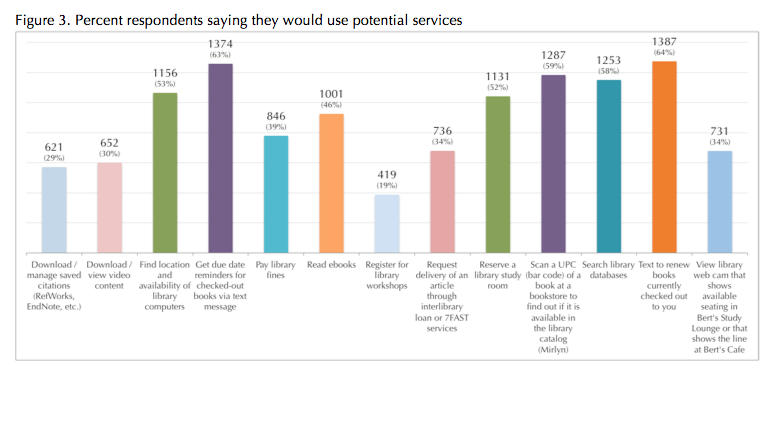
Figure 3. Percent respondents saying they would use potential services
Credit: Mlibrary Mobile Survey 2012
Type: User Experience Research
Client: C.S. Mott Children's Hospital
Involvment: Graduate Coursework (SI622)
Completed: In progress (Winter 2013)
As part of the University of Michigan School of Information's course Evaluation of Systems and Services, we worked with Mott Children's Hospital to evaluate the usability and usefulness of their MCHC system.
Through a series of research studies, we sought to illuminate the user goals and needs of the system, how the current iteration is working to meet those goals and to offer recommendations on how the system's experience could be improved to increase engagement, usability, and perceived usefulness.
This project was a collaboration with Justin DiCenso, Connie Jeng, I.K. Olomu, and Danny Zhang.
Beginning with a series of user interviews and a thorough modeling of the site flow we constructed personas and scenarios to depict the product's main users: health professionals at the MCHC.
This early work allowed us to formalize not only user expectations but also the variances in how the different audiences framed their engagement. It was made evident that the majority of interaction with the system is heavily influenced by the different roles of users and their different affiliations. In addition, these work showed unsatisfactory functions provided by the system. Redundancy is also highlighted because there is no connnection with MiChart (EHR System).
To discover the validity of past findings and to better understand the needs of their growing users, we conducted a survey for potential users of the MCHC system. One of our most important insights arose from this stage. The MCHC system in the Mott Children's hospital can be extensively developed for health professionals from other departments. Determining the positioning within this matrix can aid in determining current strengths and weaknesses and begin to visualize a roadmap for improvement.
Additionally, pilot studies were administered to eliminate a lot of costly mistakes. Any possibility of confusion and misinterpretation by the survey participants were noted and these potential problems were solved before our distribution of the survey.
Coming soon.

Interaction Map
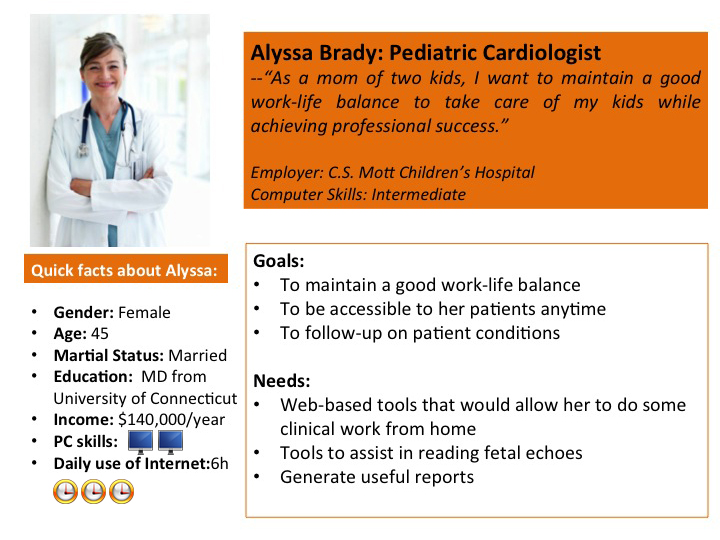
Persona: Alyssa Brady, Pediatric Cardiologist
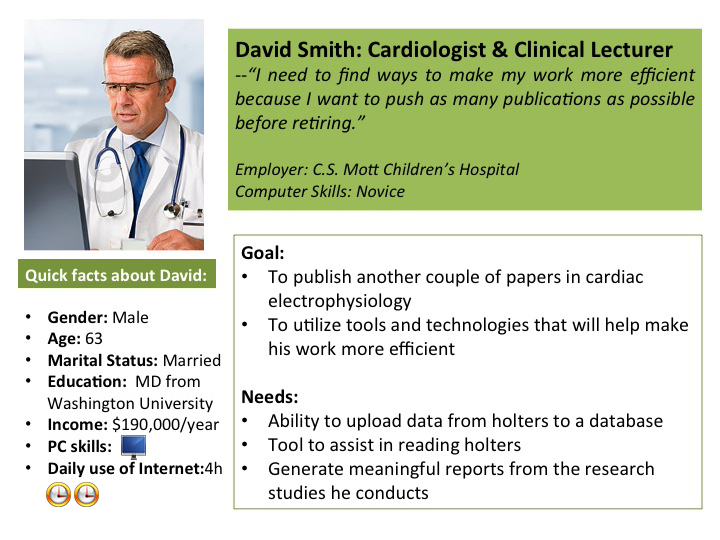
Persona: David Smith, Cardiologist and Clinical Lecturer
Type: Data Analysis and User Experience Design
Client: No Client
Involvment: Graduate Coursework (SI606)
Completed: In progress (Winter 2013)
As part of the University of Michigan School of Information's course Personal Informatics, We are trying to design an application to help and motivate patients with asthma to stay in control.
Measurement methods will be used to collect users' data focusing on symptoms and environmental triggers. We also use motivation strategies and visulization tool to change users behavior and help them maintain a healthy habit.
This project was a collaboration with Anna Boot and Jing Yan.
Asthma is the most common chronic disease and one of the leading causes of hospitalization for Americans. More than 25 millions Americans are affected by asthma. Asthma is also a pressing public health issue, costing the U.S. over $15 billion annually.
We conducted 5 asthma patients before we create any features for this application. Their asthma histories span from 5 years to 30 years. They expressed a desire to use a mobile application to help manage their diseases and also provides useful information for the design of mobile application features.
Coming soon....

low-fi v1.0
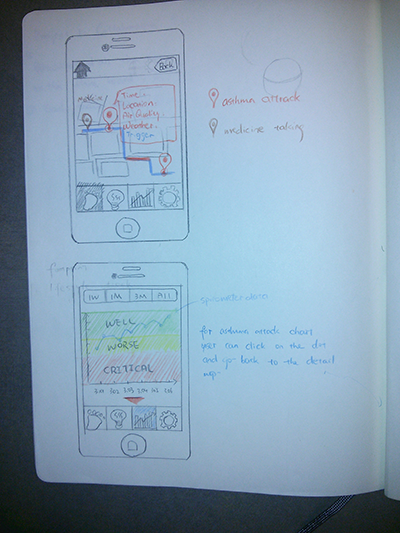
low-fi v1.0

Problem: people are not always aware of dangerous triggers.
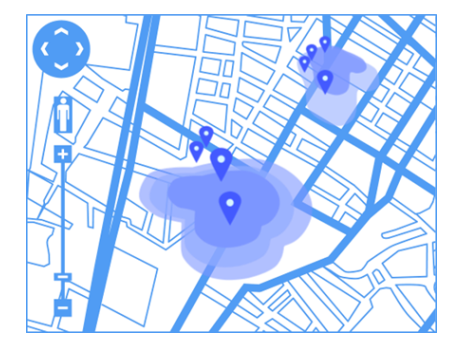
Tracking location and time for each asthma symptom

Personal Improvement.
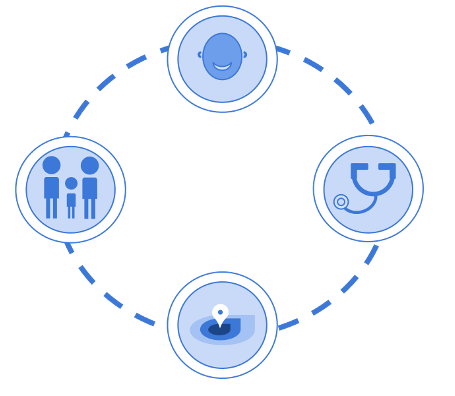
Better disease management with App and doctors
Type: Summer Internship in healthcare
Client:
Involvment: Summer Internship
Completed:
Type: User Experience (UX) research
Client: University of Michigan School of Dentistry
Involvment: Graduate Coursework (SI501)
Completed: Fall 2012
Due to a Non-Disclosure Agreement, specifics about this project and its outcome can not be disclosed.
As part of the University of Michigan School of Information's course Contextual Inquiry and Project Management, we worked with University of Michigan School of Dentistry to evaluate and present recommendations to their information flow between two clinics.
This project was a collaboration with Kyle Heckaman and Bree Santone.
The existing workflow of patients in the dental school was approached and examined using Holtzblatt and Beyer's Contextual Design methodology.
The evaluation process consisted of a series of ethnographic interviews aimed to understand how the different employees enacted their roles in the organization's workflow. The context of the work was the most important aspect to capture in order to fully visualize how information was traveling throughout the dental school, and what might be holding it up in specific locations. In teams of two we interviewed and shadowed the practices, tendencies, and conceptions of employees throughout the organization.
Utilizing the raw interview data, a series of consolidated models, as described by Holtzblatt and Beyer, were created to provide an encompassing perspective to the system being evaluated. Generated models included Sequence, Flow, Cultural, Physical, and Artifact. The Sequence and Flow models show us where common breakdown were occurring in the communication patterns between employees. The artifact model illustrated how similar information was being carried across multiple documents, and the Physical model provided insight into how the actual office space was impacting the current work processes. Information gathered from the interviews was also deconstructed and used to build an Affinity Wall for further insights into overarching issues and behavior patterns.
The interviews, models, and affinity wall allowed potential problem areas to be recognized and relevant solutions proposed in context. Following the study, a written report of findings and recommendations was presented to the client, along with an in-person presentation of the report's main points.
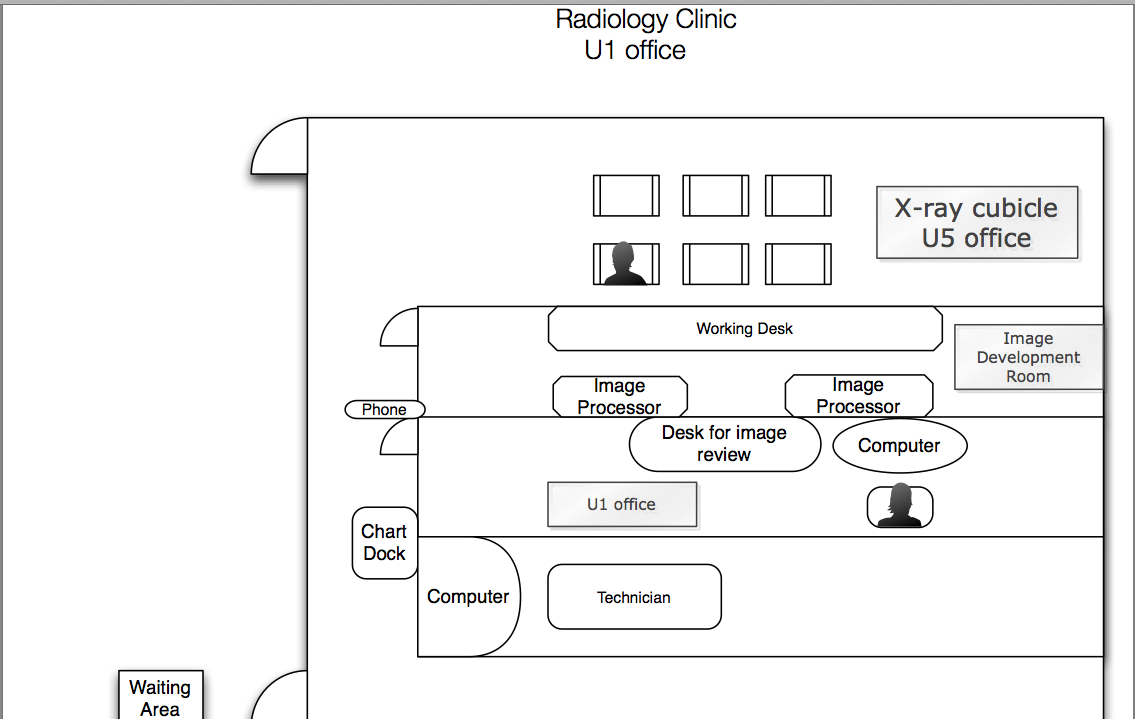
Physical Model
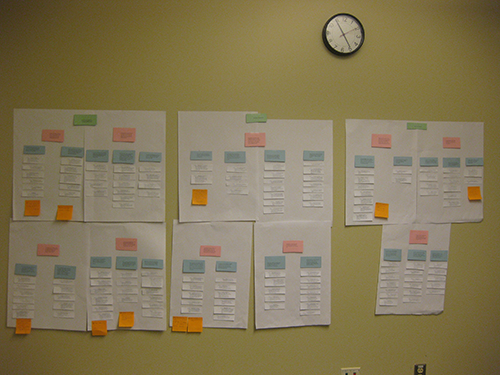
Affinity Wall

Final Report: Findings and Recommendation Analysis
Copyright@ 2013 Chris Yang Liu